Can Exercise Increase Height ?
Health is Wealth ( Small Changes Big Impact )

People are growing taller all across the world, so why are Indian heights dropping off?
According to recent data, Indian males are now shorter than they were ten years ago. Large percentages of women are as well. Exercise to increase Height
Indicators of nutrition and public health, such as height, are among the most fundamental, and they are closely related to the standard of living in a given nation. According to some experts, “We believe, in the context of an overall rise in average heights worldwide, the decline in average adult height in India is alarming and demands an urgent inquiry.”
The Downhill and importance of height

Adult height trends in India between 1998 and 2015. The average height of women aged 15 to 25 decreased by 0.12 cm between NFHS-III and NFHS-IV [95% CI, -0.24 to 0.00, p-0.051]. While the mean height showed a significant improvement in the 26–50 age group by 0.13 cm (95% CI, 0.02–0.023, p–0.015)
Exercise to increase Height
The Mean Height Of Women Aged 15 To 25 Decreased By 0.12 Cm, Whereas That Of Women Aged 26 To 50 Increased By 0.13 Cm. Men Aged 15 To 25 Witnessed A Mean Height Reduction Of 1.10 Cm During This Time, Whereas Men Aged 26 To 50 Suffered A Mean Height Decline Of 0.86 Cm.
Although its significance can be arbitrary and culturally influenced, height plays a complex function in many facets of life. Physical advantages are one area where height matters, especially in sports and activities where a player must reach higher or cover greater distance.

In some sports, such as basketball or volleyball, where height might help to improve performance, taller people may have an advantage. Furthermore, a person’s self-confidence and body image may be impacted by their height because social values frequently equate height with attractiveness, success, and leadership abilities.
Self-esteem and social interactions may be impacted by this perspective. Furthermore, certain careers or professions may have height preferences or criteria, emphasising the value of height in particular situations.
Exercise to increase Height
Why Is Height Such A Factor?
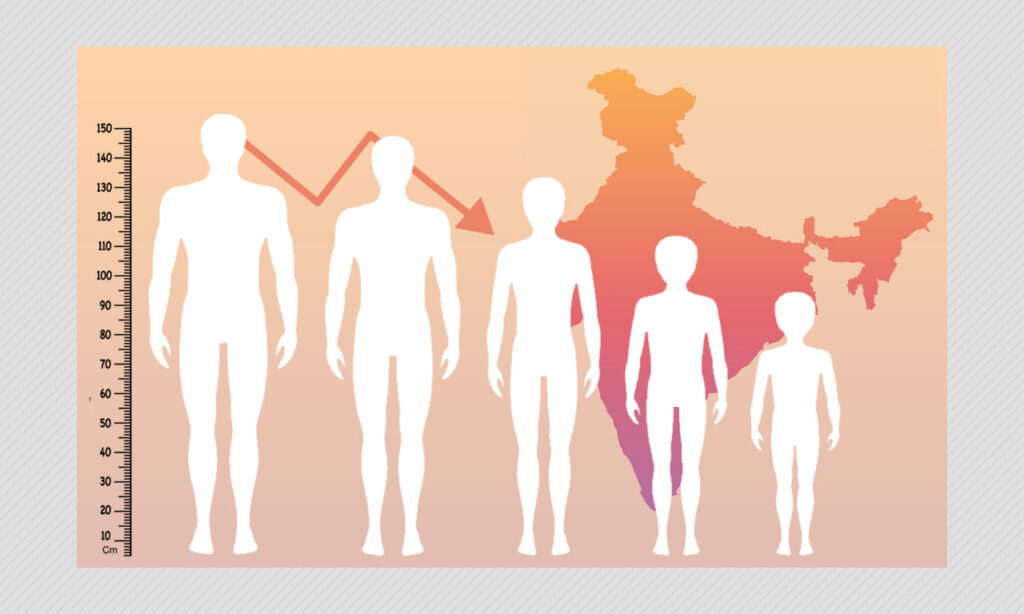
Height is one of the most fundamental measures of nutrition and public health, and it is closely related to the standard of living of a nation. Additionally, it represents social and economic aspects like caste and income. Therefore, a decline in average heights shows India is regressing in terms of both economic and public health goals.
Height is crucial because it has a strong relationship with other aspects of health, like life expectancy. According to studies, a shorter stature is associated with a higher life expectancy.
A person’s height may decline or their stature may shorten due to a variety of circumstances. These variables can be roughly divided into genetic, dietary, and health-related variables. The following are some of the variables that may impact height.
Exercise to Increase Height
1. Genetic Influences

Genetic Influences Inherited From Parents Have A Significant Impact On Height. Shorter Stature May Result From Specific Genetic Differences.
2. Nourishment
For Healthy Growth And Development, Especially During Childhood And Adolescence, Enough Nourishment Is Essential. Height May Be Impacted By Under Nutrition Or Insufficient Intake Of Vital Nutrients Such Protein, Vitamins, And Minerals.

3. Hormonal Influences

Hormones are crucial for growth and development. Height may be impacted by illnesses that interfere with hormone production or function, such as growth hormone deficiency or hormonal imbalances.
Exercise to Increase Height
4. Health Issues
Growth And Height May Be Affected By Long-Term Illnesses Or Ailments That Have An Impact On General Health. Untreated Renal Illness, Celiac Disease, And Several Hereditary Abnormalities Are A Few Examples.

5. Socioeconomic Variables
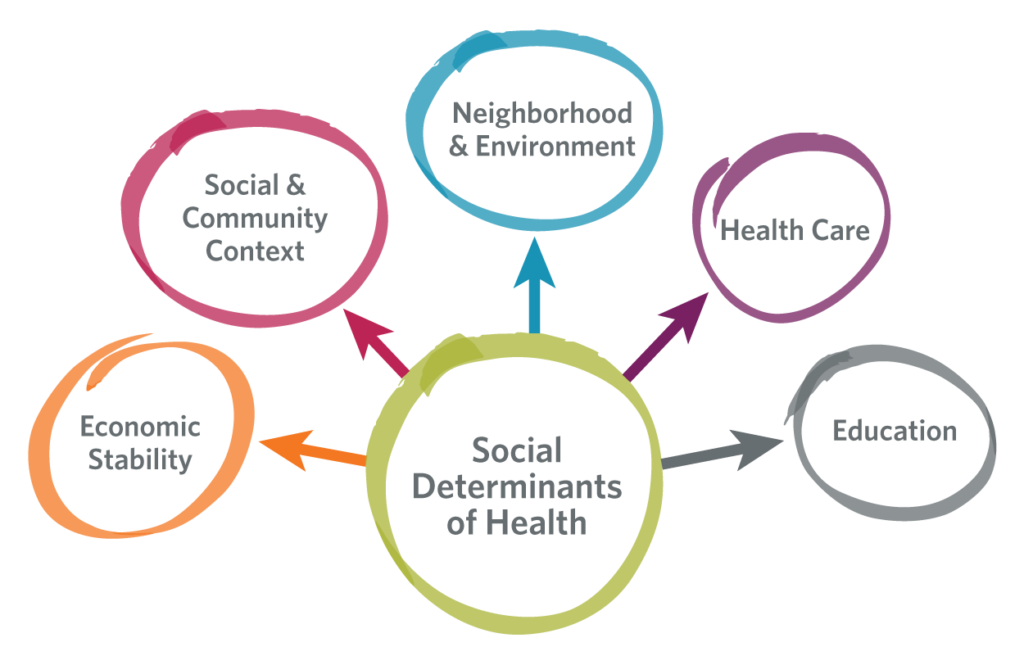
By Altering General Health And Nutritional Status, Socioeconomic Factors, Such As Access To Quality Healthcare, Sanitation, And Education, Can Indirectly Affect Height.
It’s critical to remember that not everyone will experience the same effects from these elements, which might affect someone’s height to varied degrees. In addition, while these factors may affect height, the changes are frequently gradual and may not affect the entire population immediately or on a daily basis.
Exercise to Increase Height
Facts about height
Children typically grow 2.5–3.5 inches (in), or 6.3–8.9 centimetres (cm), per year between the ages of 2 and 5. Children typically grow 2.5 in (6.3 cm) or more every year until the age of 10. Adolescence, which lasts generally from the ages of 11 to 21, is when adolescents reach the last 15–20% of their adult height.
If you are extremely small or tall, you are usually made fun of and given many nicknames. In addition to being a source of teasing, your health may be impacted by your stature. According to numerous studies, your height can affect a variety of factors, including your risk of developing chronic diseases, your income, and your perceived beauty.
1. In Your First Year, You Grow The Fastest

The first year of a child’s life seems to be one of rapid growth. Any parent who needs to keep on purchasing new clothing each month will attest to this. But do you know just how your body develops? In the first year of life, newborns typically experience their maximum and fastest growth.
From birth to age one, babies gain roughly 10 inches in height. From that point on, height starts to rise gradually until puberty. It is said that after two or three years of menstruation, girls often cease growing. While some males continue to develop until their early 20s, others reach their adult height during high school.
Exercise to Increase height
2. Your height varies throughout the day

Your height can change throughout the day, just like your weight does. When you first wake up, you are at your tallest; by the end of the day, you could be one centimetre shorter.
The Truth About Back Pain author and chiropractor Todd Sinett, DC, of New York City, claims that sitting upright all day compresses the discs in your spine. Your spine decompresses while you sleep, restoring the length that was lost.
Exercise to Increase Height
3. With Height Comes Cancer Risk

According to a study published in the journal Lancet Oncology, the taller you are, the higher your risk of developing cancer. Researchers found that the tallest women had a 37 percent higher chance of acquiring cancer after reviewing the medical records of more than a million British women with heights ranging from less than 5 feet 1 inch to 5 feet 8 inches and taller.
Jane Green, a clinical epidemiologist and research lecturer at the University of Oxford, is the lead study author. “Tall people may have more cells in their bodies, so there’s a greater chance that one might become cancerous, or the link might be related to levels of growth hormones,” she adds. Men might also experience comparable outcomes.
You can’t modify your height, of course, but don’t panic; the risk is still just slightly elevated. Instead, concentrate on lowering the cancer risk factors you have control over, such as quitting smoking, maintaining a healthy weight, and consuming less alcohol.
4. Tallness Benefits Your Ticker

However, a study published in the European Heart Journal suggests that being shorter may be associated with a higher risk of heart disease. Researchers discovered that compared to taller persons, adults who were under 5 feet 3 inches in height had a higher risk of developing cardiovascular disease and passing away from it. Exercise to increase height
Your chance of developing heart disease may be increased by genes associated with height, according to a New England Journal of Medicine study. For every 2.5 inches shorter the person is, there is an increase of, on average, 13.5%. According to other research, the association between heart disease and height may be due to low socioeconomic level, which is linked to inadequate nutrition and infections at a young age.
5. At age 40, You Start “Shrinking”

Although it’s common knowledge that adults get shorter as they age, it might begin sooner than you think: According to John Whyte, MD, MPH, chief medical expert and vice president for health and medical education at The Discovery Channel and author of Is This Normal?, both men and women may start losing height as early as age 40, losing half an inch every ten years.
Your spine’s discs, which lose water over time and start to compress, are what’s causing the shrinking. The issue can be made worse by osteoporosis, a condition that weakens bones and affects up to 10 million Americans.
Fortunately, improving your posture may help prevent height loss. Proper posture is one of the most crucial components of height maintenance, according to Sinett. Yoga, strength training, stretching, and working with a chiropractor or physical therapist can all be beneficial.
Exercise to Increase Height
Height is a measure of an individual’s or an object’s height, and it is often stated in units like centimetres or feet and inches.
A mix of genetic and environmental variables affect human height. An individual’s height is influenced by a variety of factors, including nutrition, health, and general living conditions, in addition to genetics, which plays a substantial effect.
Every demographic and nation has a different average height. The average height of a population might vary depending on factors like ethnicity, heredity, and socioeconomic situations. For instance, developed countries typically have taller average heights than developing ones.
Robert Wadlow, who measured 8 feet 11 inches (272 cm) in height, was the tallest man ever to be measured while still alive. He was born in 1918 in the United States, and he died in 1940.
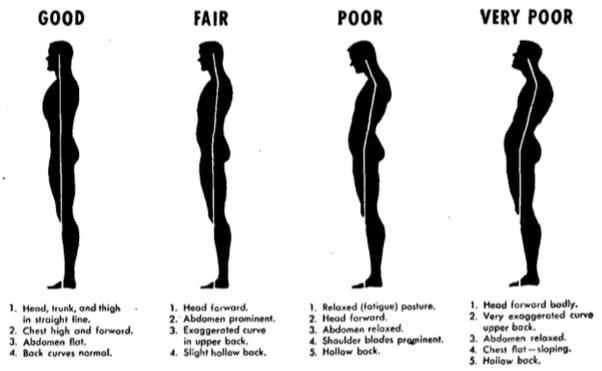
Exercise to Increase Height
The shortest adult man ever measured was Chandra Bahadur Dangi of Nepal, who was only 1 foot 9.5 inches (54.6 cm) tall. He was the shortest man in the world up until his death in 2015.
The average height of adult males and females varies by region. As of the 2021 knowledge cutoff, the average adult male height was roughly 5 feet 7 inches (170 cm) whereas the average adult female height was roughly 5 feet 3 inches (160 cm).
During adolescence, usually in the late teens or early twenties, the human growth plates close. It becomes difficult to gain height naturally once the growth plates close.
Height can affect things like self-esteem, relationship preferences, and certain employment options, which can have social and psychological repercussions. But it’s vital to keep in mind that a person’s height is only one component of their complete identity and shouldn’t be used as the only yardstick for measuring worth.
Some medical diseases, including dwarfism or gigantism, can lead someone to dramatically diverge from the normal height range. Hormonal dysregulation or genetic abnormalities are frequent causes of these disorders.
Height can be affected by various factors during childhood and adolescence, including nutrition, exercise, sleep patterns, and overall health. Providing adequate nutrition, maintaining a healthy lifestyle, and addressing any underlying medical conditions can contribute to optimal growth and height potential.
Exercise to Increase Height
exercises which can increase height
Despite the fact that genetics have a major role in how tall a person is, there are several workouts and activities that can aid with posture, bone health, and general physical development.
yoga’s and stretching
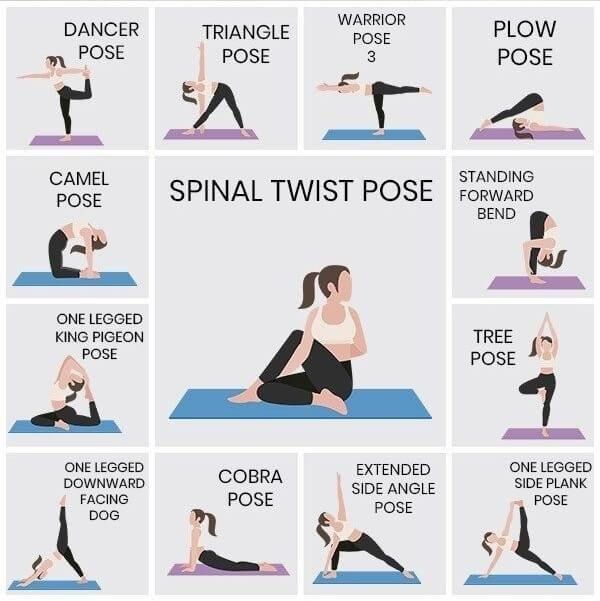
Yoga and stretching can help you become more flexible and maintain good posture, which can make you appear taller. Yoga poses that focus on spinal alignment and encourage good posture include the Bridge Pose (Setu Bandhasana), Cobra Pose (Bhujangasana), and the Mountain Pose (Tadasana).
Hanging Exercises

Exercises in which you suspend your body from a bar or other sturdy structure are known as hanging exercises. This exercise stretches the back muscles and decompresses the spine, which may help with posture and spinal elongation. Try daily workouts like hanging leg lifts, chin-ups, or just a little period of hanging.
Exercise to Increase Height
Pilates
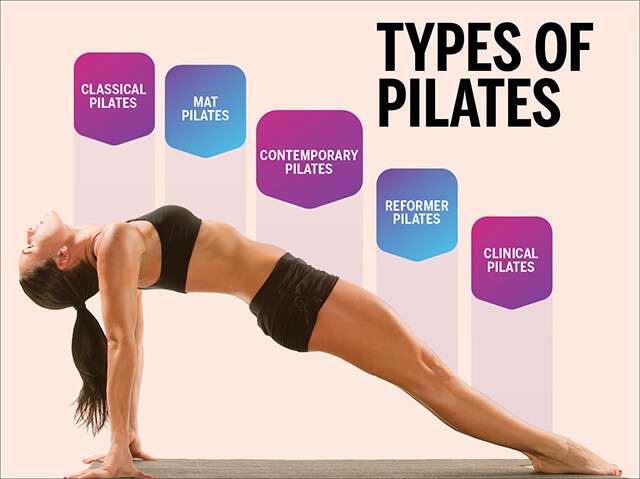
Pilates emphasises body awareness, flexibility, and core strength. Pilates can support better posture and spinal elongation by bolstering your core muscles and enhancing general alignment.
swimming

Swimming is a low-impact, all-body workout that may strengthen your entire body and support a healthy spine. Swimming involves elongating and stretching motions that may improve posture and flexibility.
Exercise to Increase Height
Jumping Exercises

Exercises that involve jumping, such as skipping, jumping jacks, or even basketball, can assist to activate the growth plates in the legs and improve bone health in general.
High Intensity Interval Training

HIIT workouts, which consist of brief bursts of intense exercise followed by rest intervals, can encourage the release of growth hormone. Although it won’t raise height specifically, doing so can support development and general health.
Exercise to Increase Height
Practise Good Posture

It’s important to keep good posture throughout the day. Make sure your shoulders are relaxed, your head is in alignment with your spine, and your back is straight when you are standing or sitting.
Exercises can help you maintain good posture and your general physical health, but they cannot make you taller than you were born to be. For the best possible growth and development, it is crucial to concentrate on total wellness, which includes proper nutrition, rest, and a healthy lifestyle.
Height is a naturally occurring physical quality that has value on both a practical and social level. Beyond its simple definition as a measure of vertical stature, height is important in many different facets of life.
Practically speaking, one’s height can affect their capacity to grasp objects, move around in real environments, and carry out specific duties. Height requirements may be present, making it a criterion for eligibility in professions like sports, modelling, or some sections of the military.
Height is significant in society because it affects relationships, one’s opinion of oneself, and social expectations. Taller people frequently have benefits in terms of perceived leadership potential, confidence, and authority, which can have an impact on a variety of elements of life, including job possibilities and personal relationships. Height can affect how people are seen and treated by others, which could lead to biases or stereotypes based on looks.

it is vital to recognize that height is just one aspect of a person’s identity, and its significance should not overshadow other qualities or achievements. “ The true value of an individual lies in their character, abilities, talents, and personal accomplishments “.
While height may impact certain aspects of life, it should not be the sole determinant of one’s worth. Embracing diversity and promoting inclusivity is crucial in fostering a society that values individuals based on their unique qualities rather than physical attributes alone.